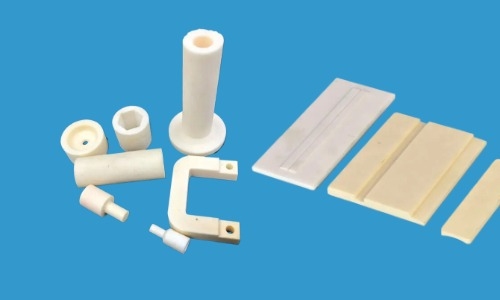Thermal expansion coefficient of zirconia ceramic
The coefficient of thermal expansion of zirconia ceramic varies in different temperature ranges, generally 10.5×10^-6/ C in the range of 20℃-1000℃.
What is the coefficient of thermal expansion
The coefficient of thermal expansion refers to the rate of change in length or volume of an object per unit temperature change when the temperature changes. Generally expressed as α, the unit is ° C ^-1.

The thermal expansion coefficient of zirconia ceramic
zirconia ceramic is a kind of engineering ceramic material with high performance, which has excellent physical, chemical and mechanical properties. Its coefficient of thermal expansion varies in different temperature ranges, generally 10.5×10^-6/℃ in the range of 20 ° C -1000 ° C. As the temperature increases, the coefficient of thermal expansion gradually decreases, because as the temperature increases, the crystal structure becomes more loose, and the thermal expansion ability also decreases.
The effect of zirconia ceramic thermal expansion coefficient on material properties and applications
The thermal expansion coefficient of zirconia ceramic has an important effect on its material properties and application properties. At high temperatures, the material will show significant thermal expansion deformation, which may lead to deformation, cracking, fracture and other problems of the material. If not considered in the design, it will affect the service life and performance of the product.
To solve this problem, zirconia ceramic is often compounded with other materials to enhance its mechanical and thermal properties while reducing its coefficient of thermal expansion. For example, zirconia and silicon carbide, alumina and other materials can be combined to obtain high strength, high temperature stability, low thermal expansion coefficient and other excellent properties.
zirconia ceramic is a kind of high performance ceramic material with excellent physical, chemical and mechanical properties. Its coefficient of thermal expansion varies in different temperature ranges, generally 10.5×10^-6/℃ in the range of 20 ° C -1000 ° C. In the application, attention should be paid to the impact of its thermal expansion performance, and its performance should be improved by material composite and other methods to meet the needs of different fields.